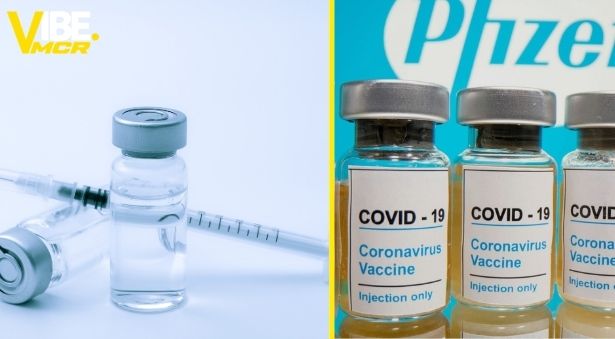We’re at the start of national lockdown 3.0 and the whole country is patiently waiting for the mass distribution of the covid-19 vaccine in hopes for normality to make a return.
Boris Johnson wants all over-70s to be vaccinated first and frontline workers to be offered the vaccine around mid Feb. However, people are skeptical that goals will be met in time, 13 million people need to be given the opportunity to be vaccinated – only one million have been so far.
BBC News reports that there is enough of the vaccine in the UK for everyone but there are some variables that could hinder the rollout process. Some of these variables include:
- Long waits for safety checks
- Global shortage of glass vials for the vaccine packaging
- Ensuring there are enough vaccinators
Currently, there are two covid-19 vaccines that have been approved – one by Pfizer and BioNTech and another by made by Oxford University and AstraZeneca. The UK government has ordered enough doses for the whole population, but what is the difference between the two vaccines?
The below graph provided by the BBC highlights the differences:
When the batches of the vaccine are in the possession of medical professionals, there is one more step that must be carried out before giving the vaccine to the public. It is mandatory that each batch be certified by the Medicines and Healthcare Products regulatory Agency.
Hopefully, we will begin seeing results soon – in the meantime it is important for us to keep morale up and stay optimistic. We’ll be out of the storm soon *fingers crossed*.






